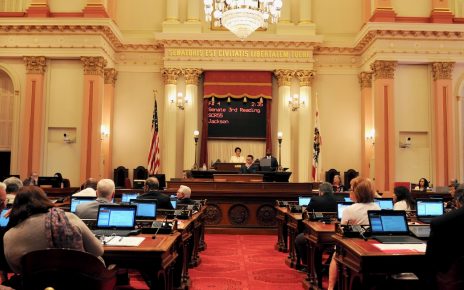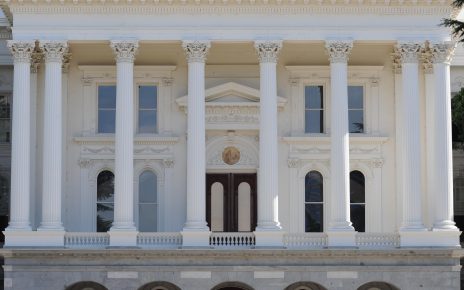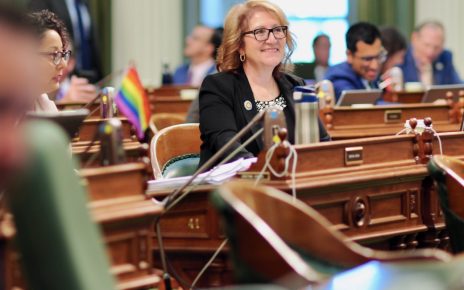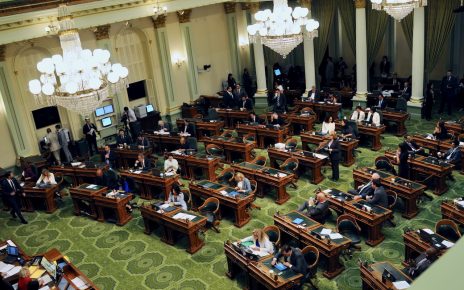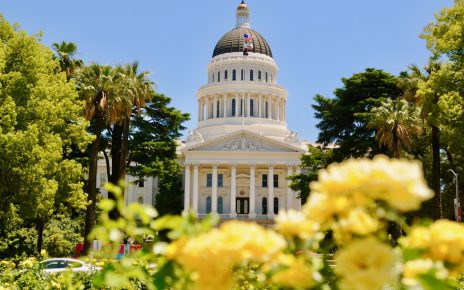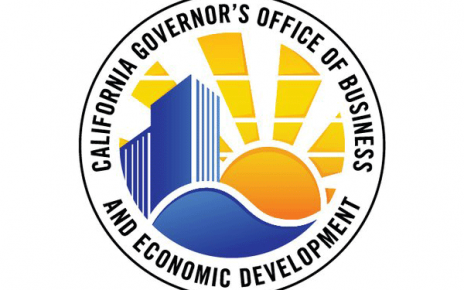Contingencies in California Legislation
Bills in the California Legislature sometimes contain language that make the bill’s provisions contingent upon funding or some other circumstance. These are different than “contingent enactment” language which makes a bill’s enactment contingent upon passage of another measure, such as...

